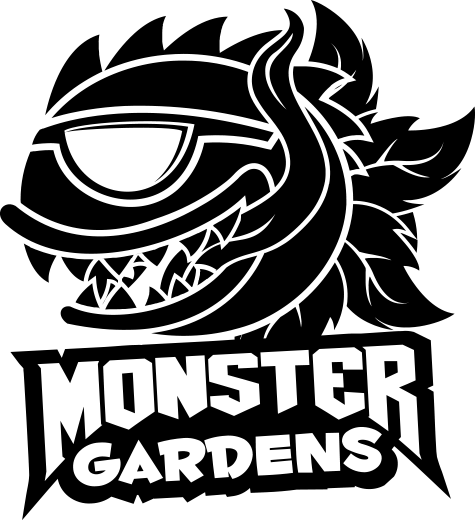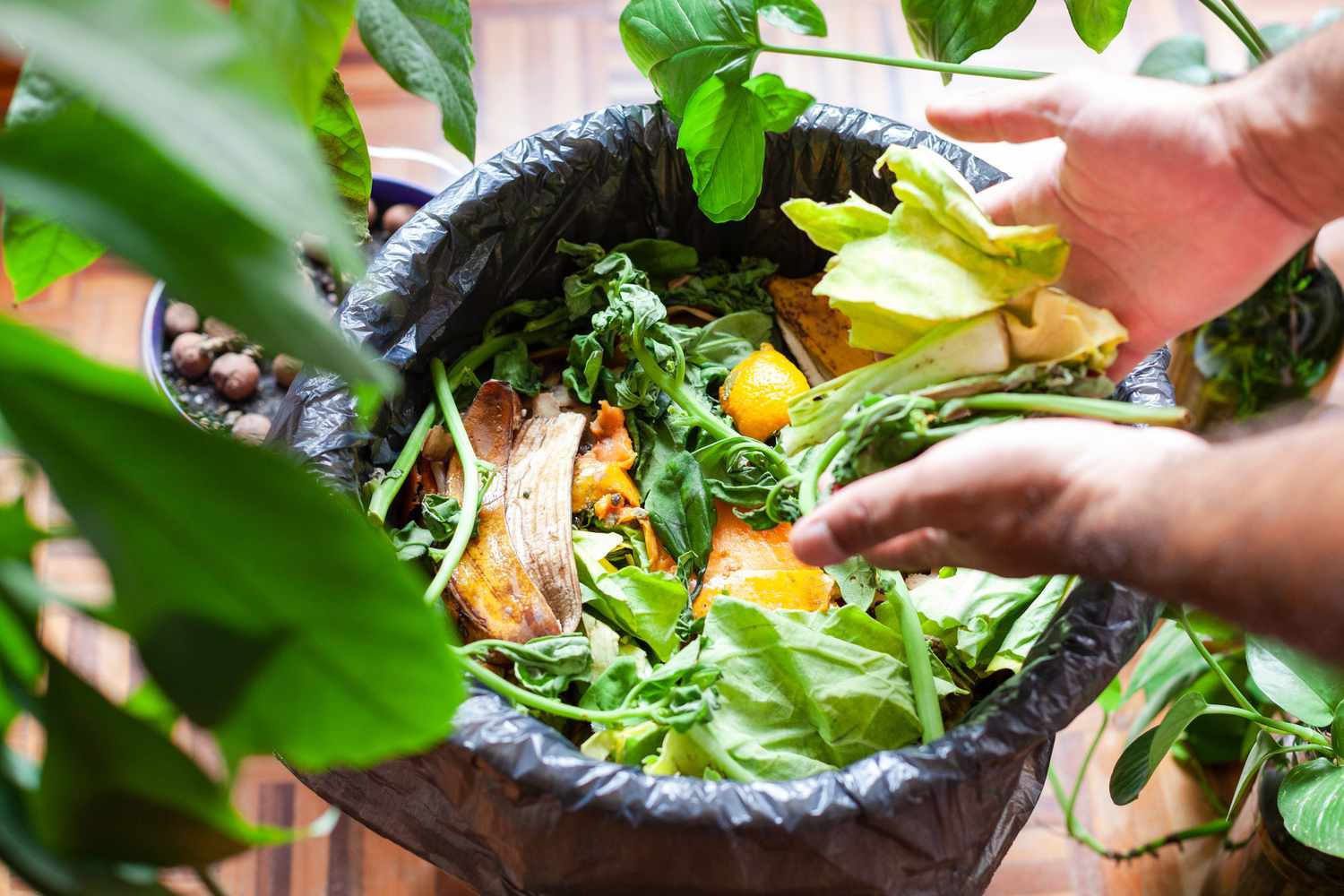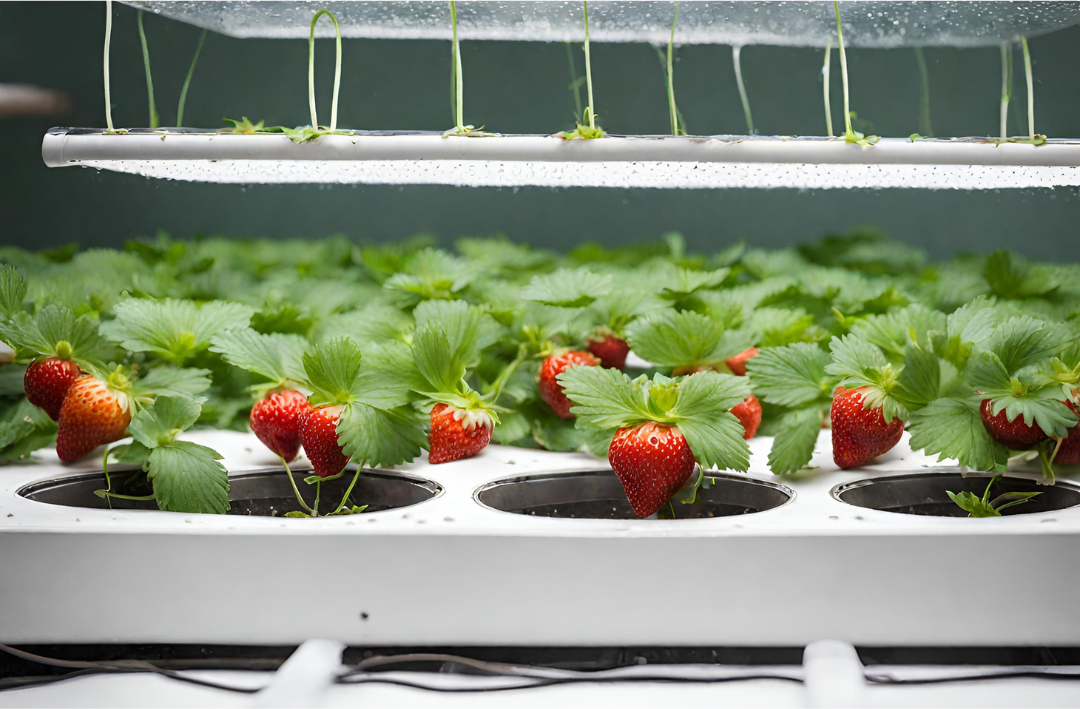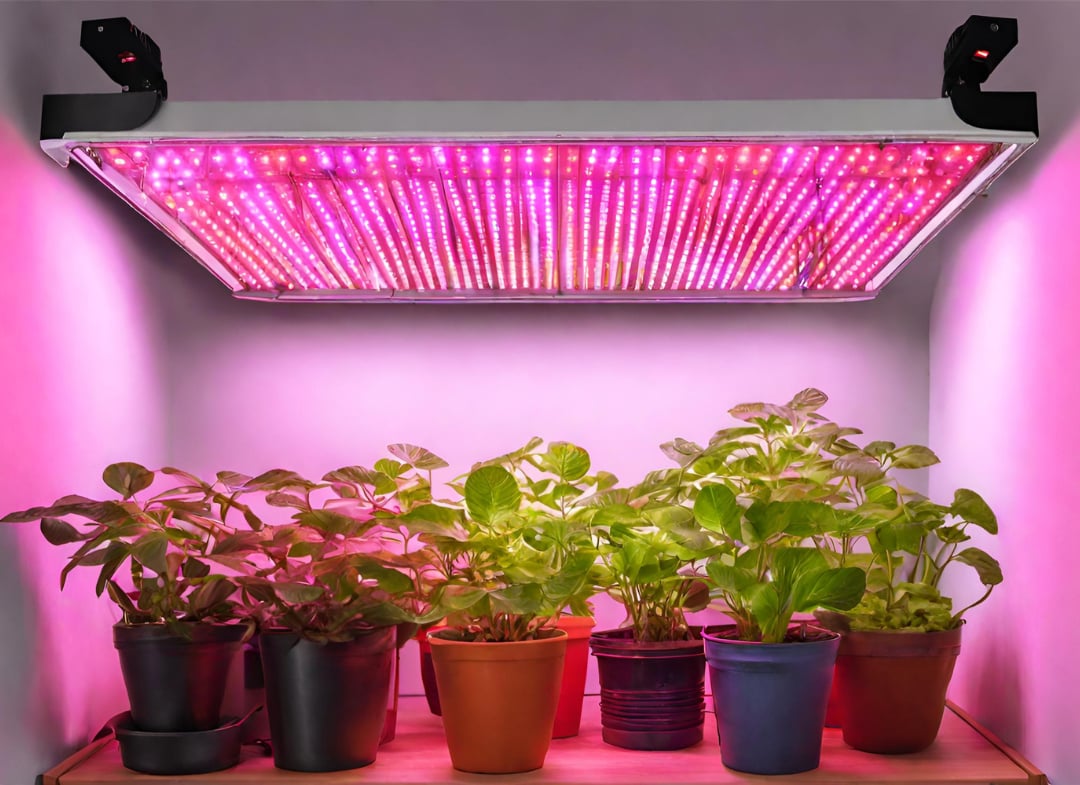
LED vs HPS
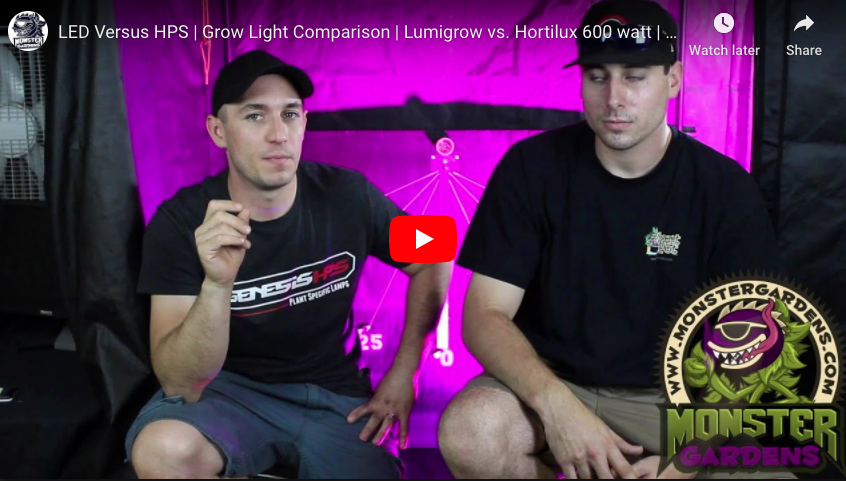
TRANSCRIPT
For the grower at home, you’re watching this video, how does the 600 watt LED that we’re gonna test, compare to a 1000 watt? Well, the Manufacturer would like to say that information, but we’ll just say it: let’s compare it to something that’s more accurate. Comparing an apple to an orange is not an easy situation, cause they’re quite dynamically different. So let’s take a wattage lamp that’s a 660 watt hps—so it’s a 600 watt ballast overclocked to 660 watts—and compare that to the lumigrow 650 at 650 watts, to give you a true apple to apple comparison. Then all we need to discuss is the quality of light and the intensity, because that’s going to equate to your flower production as well as your quality.
Lumigrow
Steve has done some amazing tests with the Lumigrow products. We did a video with Lumigrow “Generation One” products a few years ago and it’s one of our most watched videos on the web, and we’ve had the opportunity of taking their new commercial units and the 650 watt unit, and did some really cool comparison tests. If you like our videos, and if you would like to know about the newest, latest, and greatest equipment coming out on the market and see it field tested first hand by ourselves, click this button here and subscribe to our Youtube Channel. Steve, can you tell us a little bit about the test you just completed?
Steve: I definitely can, I’m more than happy to tell you guys about everything that I’ve found; I had a lot of fun testing these units, as I have with a lot of other units on the market. However the Lumigrow is the main one that stood out to me because they’re unique. You know, everyone is familiarized with fluorescents, everyone has familiarized themselves with HIDs… now, LEDs have been a hot topic. However, most LEDs that are on the market are fixed. You have a fixed spectrum. Lumigrow is the first one to come about that has a patented technology that allows you to dial up the red, white, and blue spectrums. So I thought this was huge. Especially because we used a spectrometer so we could actually diagnose the whole spectrum all the way from 400 to 700 nanometers—and actually outside those ranges—but between 400 and 700 is where par is measured, and so that is what we made our main focus.
The goal of this test was to take an existing unit most growers have at the 600 watt level which is the 600 hps, and compare it to the lumigrow 650. Now, what we’ve seen by LED companies, which a lot of growers have turned off to LEDs because of this, is that they state that the fixture is at 1000 or 600, but yet the fixture runs at half that. And you ask the LED company, “why do you call it 1000 or 600?” They’ll answer that it’s because it’s an equivalent. Well, how do you compare apples to apples when you don’t have an equivalent wattage of two different types to compare them accurately with each other. So that’s what we did in this test.
We took Lumigrow, which actually properly identifies the fixtures—650 watt fixture to 650 watts—and compared it to a 660 watt setting of a 600 watt ballast, running extender in HPS.
Which HPS bulb did you use?
So, the bulb we decided to test it up against was the hortilux super HPS, it’s made by ‘eye lighting’ and it seems to be the industry standard as far as high pressure sodium bulbs.
That is a great lamp. I completely agree with that: it’s a quality lamp.
And what we want our growers at home to know was how this LED would work in difference to their similar wattage HPS. And so that’s why we went ahead and we decided to do it on the overclock feature. The super lumens feature. Some growers at home, they’re watching this video, and they’re like, well what about the heat difference? You know, of course we did that test for you as well, if you watched our other video. What did we notice, it was about a 15 to 17, 18 percent difference between the different Lumigrow fixtures versus a similar output HID fixture like an HPS or metal halide. And that’s a decent amount of savings, but let’s just say it’s under 20 percent. So we like to quantify LEDs as great savings for a number of reasons. Maybe in terms of heat, not so much—if you have maybe a 15 percent difference, not a huge amount—but where do we see the LEDs really shining?
The big thing is that we keep the heat completely out of the conversation. The savings on the LED fixtures is going to be in the bulb replacement: as many commercial growers, as well as hobbyist growers know, the average time to swap out your HID bulbs is six months. Some people push it to a year, and for some reason some people push it beyond that. However, LEDs (that’s what LED stands for, Light Emitting Diode). The diodes are good for thousands of hours of use and so that’s mostly where you’re going to see the return on investment. It’s going to be on your bulb exchange. It’s a 15 to 17 percent difference, and so that’s where you’re also going to see it is in your HVAC savings; but like I said, we try to keep that out of the conversation—-it’s mostly going to be on your bulb exchanges. And the reason why we keep that out of the conversation is because though the fixtures are actually putting out different heat amounts, there is a slightly different intensity—and let’s just say that the HPS still have a slight greater intensity—but the truth is, the LEDs have the ability to focus in spectrums that HBS can’t. So you’re going to get a lot of that Chlorophyll A, or you get a lot of that 420 to 440 spectrum—that UVA and UVB—that you don’t traditionally get with an HPS, so really for the Lumigrow 650 versus an HPS 600 watt or 660 watt setting, you’re really getting a better quality of light with the LED; but, you’re not getting the total blend of light that you’re getting from the HPS… which, let’s admit, there is some place to play there.
It definitely is. When most people look at the side of the blocks and are seeing a spectral distribution that really just shows the car light, and so unfortunately—the viewer out there, the customer that’s paying for that—they’re getting a lot of useless power. A lot of useless heat, that your plants just simply can’t assimilate. And so that’s the cool thing about diodes as well; it’s like we mentioned, they’re specific on the wavelength that they throw, and so that’s the only way that you can truly achieve a proper spectrum and enhance the spectrum that you are currently already using.
But you, the grower at home, we know that you're dying to ask the question: which one yields better?
And that’s what we want to show you today, and that’s why we’re comparing a 660 watt fixture HPS to a 650 watt fixture LED, because that’s the true performance test: is which one, with similar wattage outputs, creates more flower—and creates a better quality flower. Of course, for those guys that know that, that is an important part of flower production as well. Let’s go ahead and get to the test and take a look at our findings.
So this is a Hortilux 600 watt super HPS, super premium bulb, ran at 660 watts on the ballast, and we did a direct head comparison with the top quality LED on the market: which is the Lumigrow 650. So, let’s talk a little bit about what we found with this testing, because this is a really exciting test. So, the first thing we did is we wanted to show you guys exactly what the Hortilux does with the 660 watt super lumen setting. We decided to do this at a standard 24 inches above the canopy, or in this instance, 24 inches above our cosign receptor and the lumigrow does operate pretty nicely around that 24 inch distance, so we figured that this would be the best head to head comparison. So the hortilux hps at the 660 watt setting gave us an average of 747.98 micromoles. 660 watt HPS versus true 650 watt led, what’s the difference?
So the difference actually is a little bit higher in the Lumigrow. Just slightly, the Lumigrow 650 actually averages over 25 points to 771.97 micromoles. The Lumigrow has a much more focused beam; has a much more focused footprint. On the outer edges it drops off just slightly. But not too drastic; I mean when you compare it to the HPS, the HPS is a little more broad, it covers every inch of the footprint pretty well. The output was actually greater with the led that was 10 watts less in consumption. That’s huge. And we’re not looking at the wavelength’s life, we’re looking at the total light output. So, it’s not all the wavelengths individually, but combined. It’s the max response the plant’s gonna get out of the par spectrum in specific, so as you can see, 400 of the 440 spectrum in the blue, and about 600 of the 660 spectrum in the red. And those are really where the maximum plant production is achieved out of the par spectrum, so we see the Lumigrow is highly light efficient with the well defined spectral distribution that’s within those specific spectrums that are necessary to grow that our growers are intending to grow. HPS has a broad spectrum, but it has a bunch of wasted light though it does still also produce quick flowers. So in these two graphs you can just see as a really good visual, we can actually see the bar graph that the lumigrow is slightly higher: very similar. What we wanted to show you guys is the spectral distribution. You might be wondering, “gosh, that spectrum looks very broad on the HPS as compared to the LED,” but the thing about the LED is it’s so specific, all the light that it’s throwing out is all consumable by plants—and that’s why the par is way higher. The way we conduct these tests are completely different from what you would see from other companies on the market that do light testing. We actually do it from the plant standpoint. Not specifically from the lamp standpoint. So you’re going to look at other companies that might be doing light tests and what they're doing is a circular grid, or they're doing… maybe you've even seen a star-shaped grid, and that’s really to benefit the light output, to tell you where the best placement is for the light output. But we don’t care about that. We’re growers. We’re talking to growers. What they care about is what the plants getting, and so the light testing is conducted a little differently, where we choose over a five x five footprint specifically or even down by 3 x 3 is a point of measurement for every foot in the middle of that square foot, really representing the plants that will be under the light
And so in this measurement, how many points did we do?
So in these two we did 25 points. These were done on a 5x5 grid and you can see by these pictures, you’re going to see a lot of X’s and that’s exactly where the center of each square foot is and it represents a particular plant, and so that way you can see exactly where on your footprint pattern where each plant is going to thrive, ya know what the output is going to be in that given square foot. Now, I know some of you growers that if you’re a little newer, you’re probably gonna listen to that like I don’t have 25 plants under my light so that’s not important, it’s just important it’s 25 points of measurement. Some plants have multiple heads, but it’s just giving us a representation of where the light is falling on the floor based upon a square foot. And so for you growers at home, you're looking for the best fixtures out of this test, you obviously know which one it is. It’s the LED. and for those of you growers that are looking to get this lumigrow at the best possible price especially if you’re buying a high quantity because we do commercial lighting sales. We have pricing levels that are specific up to a thousand fixtures, but of course we will sell down to the ones and twos, give us a call at monster gardens, cause we’re not only the experts in regards to LEDs but lighting in general for horticultural use in the industry.
About the Author

